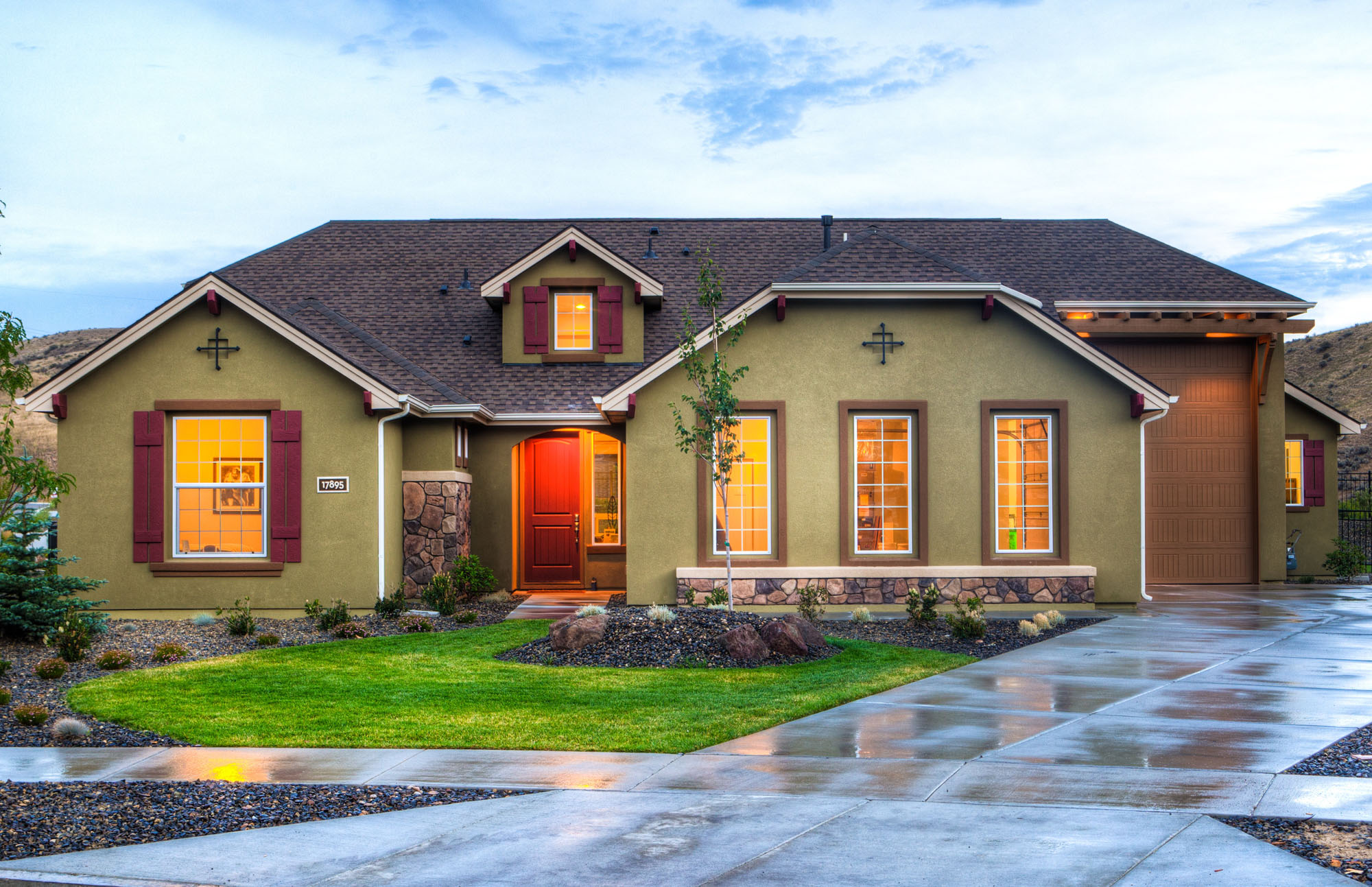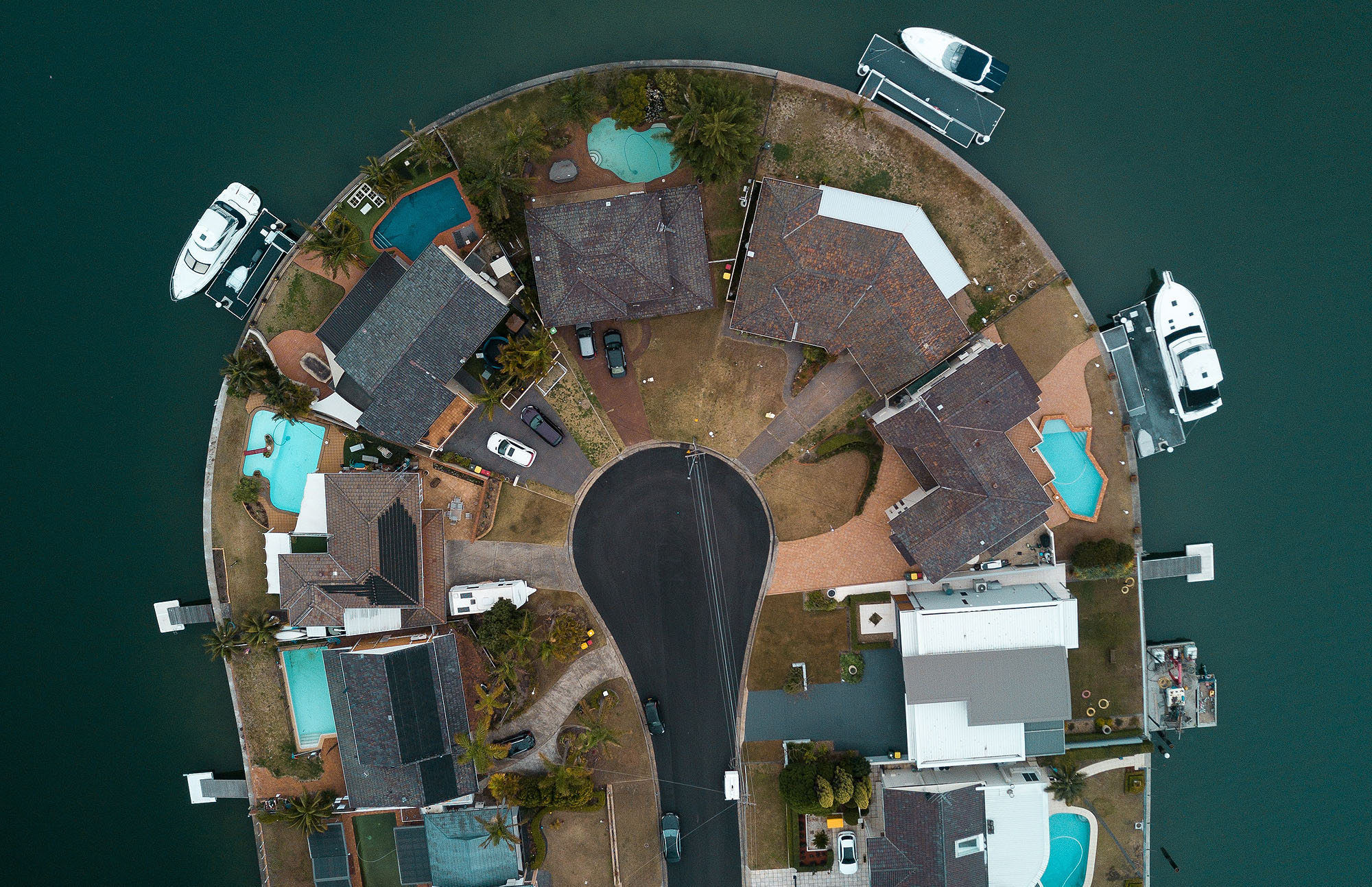SOLAR JOE – A TECHNICALLY IMPAIRED LOOK AT BUYING A SOLAR SYSTEM
Most of us question the cost of going solar and how big the system will need to be. To give you something to visualize, the following are over-simplified average numbers and descriptions. Every roof has its own unique set of conditions.

COST: The average cost of an installed solar system in California in 2019 is about $3.50 per watt (see variables), and the average system size is between 5 kilowatts and 7 kilowatts. The math is pretty simple. If you have a 6 kilowatt (6000 watts) system, the cost would be 3.50 X 6000 = $21,000 before the federal tax rebate and incentives.
SIZE: If an average 5.4 foot X 3.25 foot solar panel produces 300 watts, then a 6 kilowatt system would require 20 panels (300 X 20 = 6000). If you multiply the size of the panels by 20, altogether, you’d need about 350 square feet of roof space to accommodate a 6 kilowatt system.

VARIABLES: These very real variables are the reasons why it sometimes feels like we can’t get straight answers online about how much a solar system will cost, or how many panels will be needed. But they are important factors that will play into the design and cost of your system.
- IRRADIANCE is the amount of sun a surface area gets. The more irradiance a solar panel gets, the better it will perform. From sunrise to sunset, irradiance constantly changes, peaking at about mid day. Its affected by the sun’s angle and position, moving clouds, pollution, and dust. Irradiance can change a lot in a day, week, or month, but yearly averages are relatively consistent. Southern California is just about the perfect place for solar. Check out this solar map.
- TEMPERATURE is a less intuitive variable. Given the same amount of sun, solar panels perform better on a cold day than they do on a hot day. This is why you see most solar systems built on racks, not laying flush with the roof. The space between the panels and your roof is shady and airflow helps to cool the panels. High quality panels perform far better in hot temperatures.
- YOUR ROOF: The size and shape of your roof are important. Every roof has peeks, valleys, and planes. Solar panels are mounted to the planes of your roof (south facing planes are best). The larger a plane, the more panels it will accommodate. If your roof is irregularly shaped, with many valleys and peeks, panel installation can become more complex and expensive. Also, if your roof is built with specialized materials like slate tiles, installation will be more expensive.
- SHADING is an obvious variable. Solar panels generate far less power in the shade, so its an important factor, and it changes during the year. In the summer, the sun’s arc passes more directly overhead than it does in the winter. The further you live from the earth’s equator, the more the sun’s angle will change over the seasons. So a section of your roof that receives full sunlight in the summer, might be partially shaded in the winter. A well designed system factors in the seasons.
- Soiling basically refers to dirt, dust, leaves, anything that settles onto the panels. Dirty panels don’t work as well as clean panels. A little soiling will barely affect the system, and leaves will generally blow away, but you’ll want to keep an eye out for buildup of dust, branches, or leaves that don’t blow away. Clean panels get the best results.
Depending on where you live, there may be other variables that I haven’t mentioned. I’m writing from Southern California where we’re spoiled with conditions that are just about perfect for solar year around.
CONTACT ME!
To produce your own clean energy, call or email me any time. I’d love to help you make it happen!
Joe Jennings
3128 Via la Selva
Palos Verdes Estates, CA 90274
310.755.9818
To see if your roof is a good fit for solar, send me your address and I’ll get back to you with my opinion as quickly as I can.
